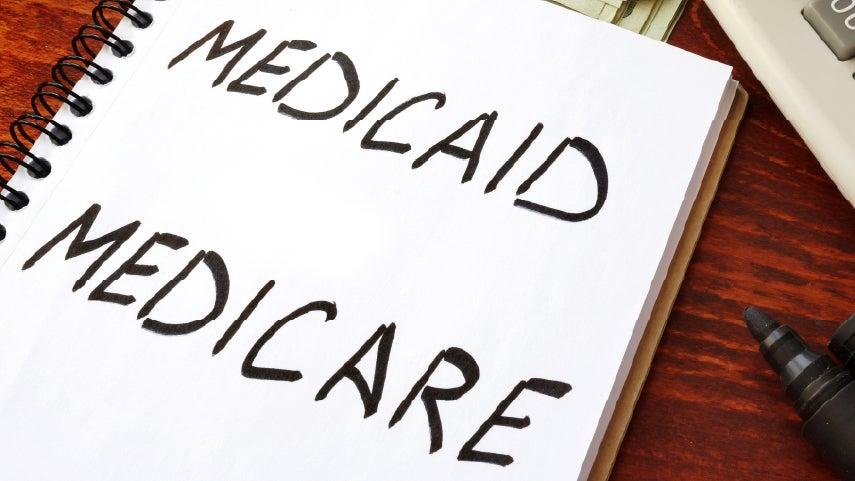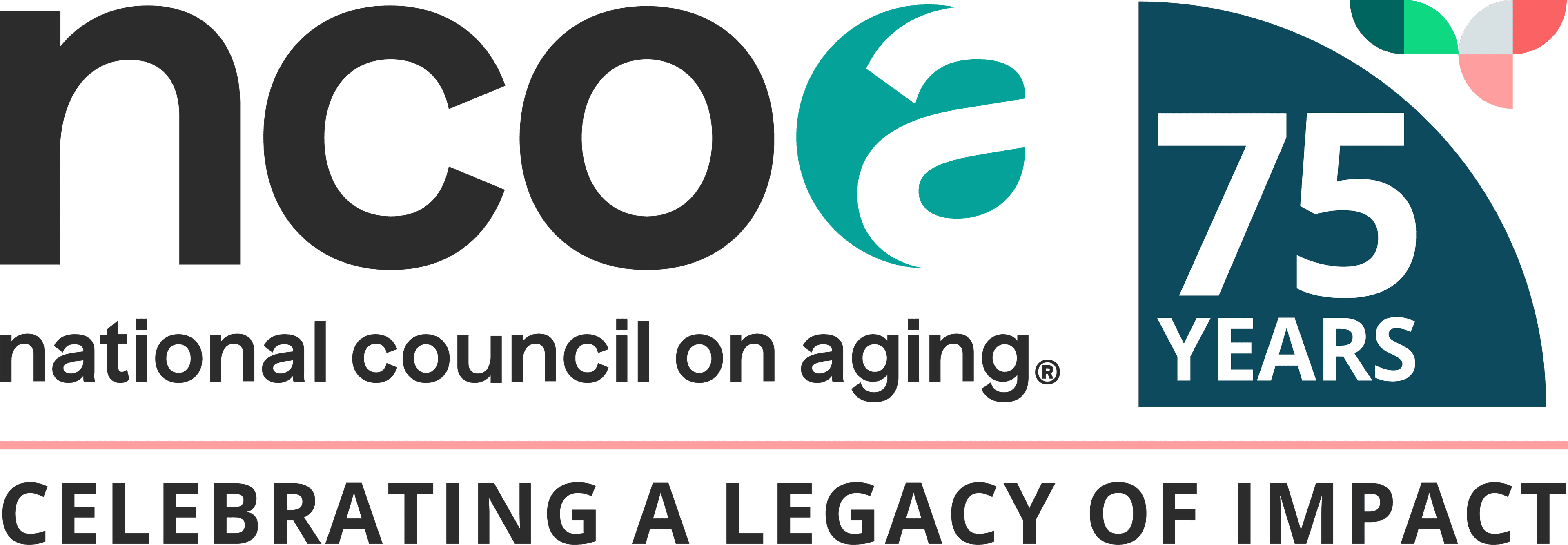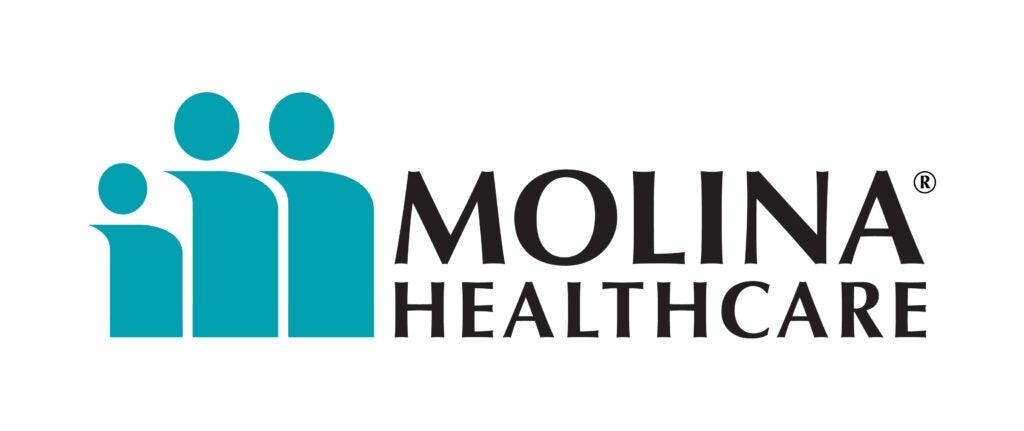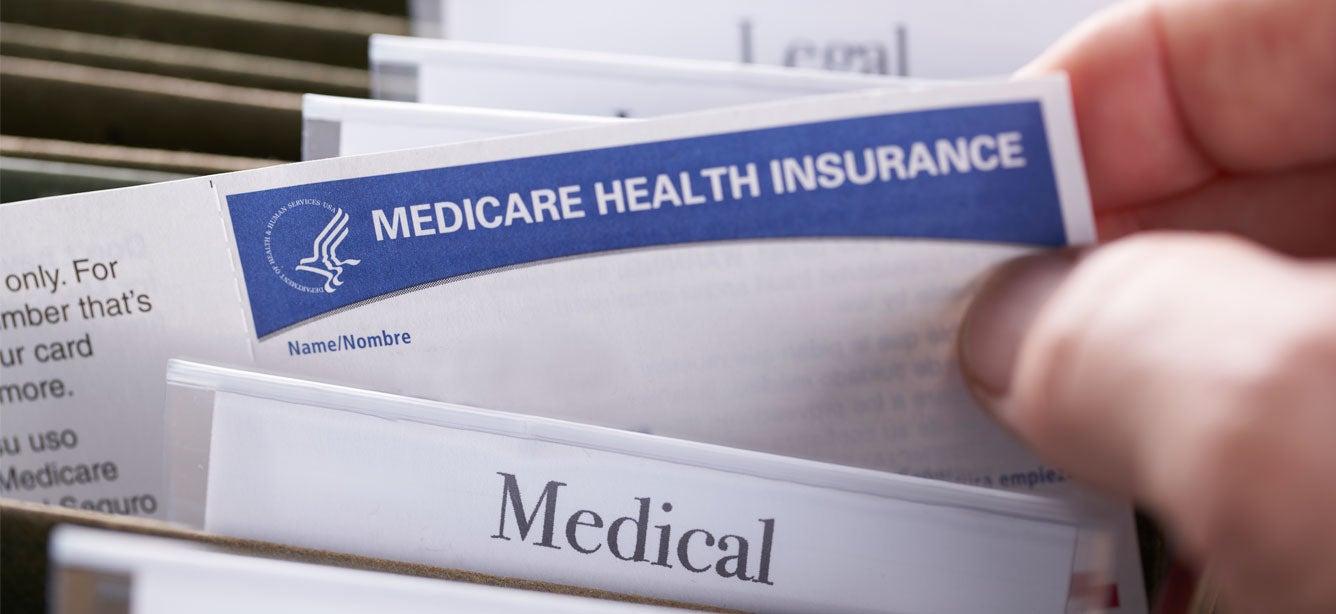
You may already know about Medicare—the federal health insurance program for older adults and people with certain disabilities. You might also be familiar with Medicaid, a state and federal program providing health coverage to people with low income, including those with disabilities and long-term care needs.
But did you know you can get help from both programs at once? This is called being dual eligible, and more than 13.7 million Americans fall into this group.1 If you’re dual eligible, Medicare typically pays first for your health care, and Medicaid is secondary. Medicaid may help cover certain Medicare out-of-pocket costs as well as extra services not included with Medicare.
Dual eligibility can lead to big savings on health care costs, which is important when you have limited means. It can even unlock additional benefits to help you stay healthy and independent. Yet not all dual-eligible adults receive the same level of coverage. That’s why it’s important to understand the two types of dual eligibility: full and partial.
What is full dual eligibility?
If you are fully dual-eligible, you qualify for both Medicare and the full range of Medicaid benefits in your state. This means you get comprehensive coverage with little or no out-of-pocket costs. Most dual-eligible beneficiaries (73%) fall into the full-benefit category.2
The benefits of full dual eligibility include:
- Cost-sharing assistance: Medicaid pays your Medicare premiums for both Part A (Hospital Insurance) and Part B (Medical Insurance), saving you money each month. It covers deductibles, copayments, and coinsurance, too—so you’re not stuck with surprise health care bills. As a full dual-eligible, you also qualify for the Part D Low-Income Subsidy (LIS/Extra Help). Extra Help can save you thousands on prescriptions each year. In 2025, most people who qualify will pay no premiums or deductibles for their drug plan and are not subject to the Part D late enrollment penalty.
- Expanded services: In many states, fully dual-eligible people receive extra Medicaid services that Medicare doesn’t cover. One important benefit is long-term nursing home care; Medicaid covers 100% of these costs for people who qualify. It may also cover services such as:
- Home care
- Dental, vision, and hearing care
- Physical, speech, and occupational therapy
- Prescription drugs
- Prosthetics
- Case management
- Private-duty nursing services
- Transportation to non-emergency medical appointments
Who qualifies for full dual-eligible benefits?
To get full dual eligibility, you must first be enrolled in Medicare. You must also meet the requirements of one of several mandatory or income-based optional eligibility pathways.
These include:
- Supplemental Security Income (SSI)
- Medically Needy / Spend-Down programs
- Long-term services and supports (LTSS)
- Aged, Blind, and Disabled (ABD) Medicaid
- "Buy In" programs for working people with disabilities
Most dual-eligible adults are enrolled in Medicaid through mandatory eligibility pathways such as SSI. This means if you receive SSI benefits, you automatically qualify for Medicaid.
What is partial dual eligibility?
Some people qualify for partial dual eligibility. They get help with Medicare out-of-pocket costs, but do not qualify for full Medicaid benefits that include long-term care, dental care, and transportation. Compared to full dual-eligible benefits, a smaller number (27%) of beneficiaries qualify for partial benefits.2
Most partially dual-eligible people qualify for Medicaid help through the Medicare Savings Programs (MSPs). Eligibility for MSPs depends on your income and asset levels, which are a bit more flexible than those for full Medicaid.
The benefits of partial dual eligibility include:
- Help paying Medicare Part A and/or Part B premiums
- May cover deductibles, coinsurance, and copays (depending on the category)
People with partial dual eligibility fall into one of four categories:
- Qualified Medicare Beneficiary (QMB): Covers Medicare premiums, deductibles, coinsurance, and copays
- Specified Low-Income Medicare Beneficiary (SLMB): Helps pay Part B premiums only
- Qualifying Individual (QI): Similar to SLMB, but with slightly higher income limits
- Qualified Disabled and Working Individual (QDWI): Helps with Medicare Part A premiums for some people who have a disability but have returned to work (and have lost their premium-free Part A coverage)
Full vs. Partial Dual Eligibility: A Comparison
|
Full Dual Eligibility |
Partial Dual Eligibility | |
|
Medicare premiums |
Covered |
Covered (Part A or B only) |
|
Deductibles, coinsurance, & copays |
Covered |
May be partially covered |
|
Long-term care (nursing home, home, community-based) |
Included |
Not included |
|
Extra services (dental, vision, transportation) |
Often included |
Not included |
|
Income/asset limits |
Lower |
Slightly higher |
To sum it up: If you’re fully dual-eligible, you receive more coverage with fewer costs. If you’re partially dual-eligible, you still get help with Medicare costs—even if you don’t qualify for full Medicaid.
How do I know if I am dual eligible? Do I qualify for full or partial benefits?
Think you may qualify for both Medicare and Medicaid? Here are a few ways to find out your eligibility and get help securing your benefits:
- Visit HealthCare.gov: Answer a few questions to check if you qualify for Medicaid based on your income.
- Contact your state Medicaid agency: They can tell you whether you qualify for full or partial benefits and walk you through the Medicaid application process. Eligibility for Medicare and Medicaid are handled and determined separately. Find your local Medicaid agency here.
- Talk to a SHIP Counselor: State Health Insurance Assistance Programs (SHIPs) offer free, 100% unbiased advice to older adults and people with disabilities—including those who are dual eligible. A counselor can help you understand all the benefits you qualify for and how to apply to each program. They can also explain your dual-eligible coverage options. For example, a person who is fully dual eligible may qualify for a Dual Special Needs plan (D-SNP), which is designed to coordinate Medicare and Medicaid benefits.
Dual eligibility can be a healthy-aging game changer if you’re an older adult with limited income, said Ryan Ramsey, NCOA Associate Director of Health Coverage and Benefits. “It combines the strengths of Medicare and Medicaid to offer broader coverage, lower out-of-pocket costs, and access to essential services like long-term care or home health. For many, dual eligibility means getting the vital health care they need without financial worry.”
Since navigating both sets of benefits can be complex, don’t be afraid to ask for assistance. With a bit of guidance, you can take full advantage of the programs designed to keep your care affordable—and your health on track.
Learn More: What If My Income Is Too High for Full Dual Eligibility?
Sources
1. MACPAC. Medicaid Enrollment by State, Eligibility Group, and Dually Eligible Status. December 2024. Found on the internet at https://www.macpac.gov/publication/medicaid-enrollment-by-state-eligibility-group-and-dually-eligible-status/
2. Medicare Payment Advisory Commission and the Medicaid and CHIP Payment and Access Commission. Data Book: Beneficiaries Dually Eligible for Medicare and Medicaid. 2024. Found on the internet at https://www.macpac.gov/wp-content/uploads/2024/01/Jan24_MedPAC_MACPAC_DualsDataBook-508.pdf





